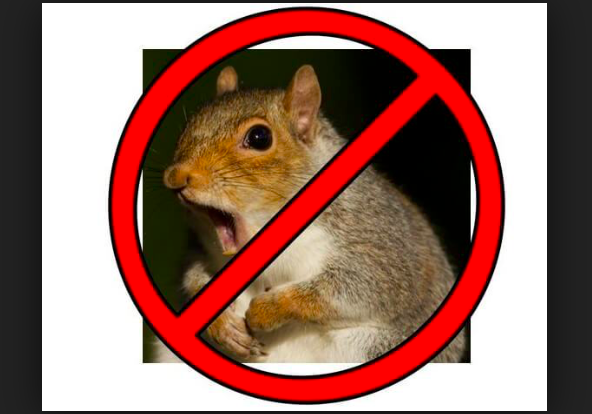As always, mute this if you're uninterested while I write the actual body of the thread.
If you enjoyed this thread, you can support me doing more.
One-time support: ko-fi.com/madpierrot, paypal.me/madpierrot, a.co/11toy0W
Patreon: patreon.com/madpierrot
Buy my games: madpierrot.itch.io





